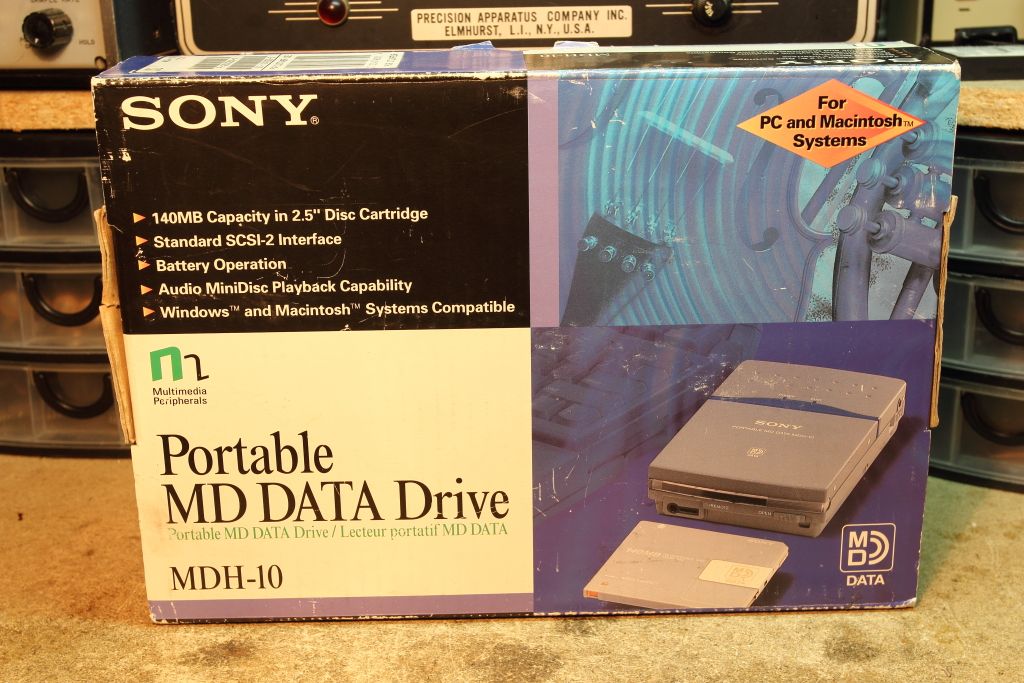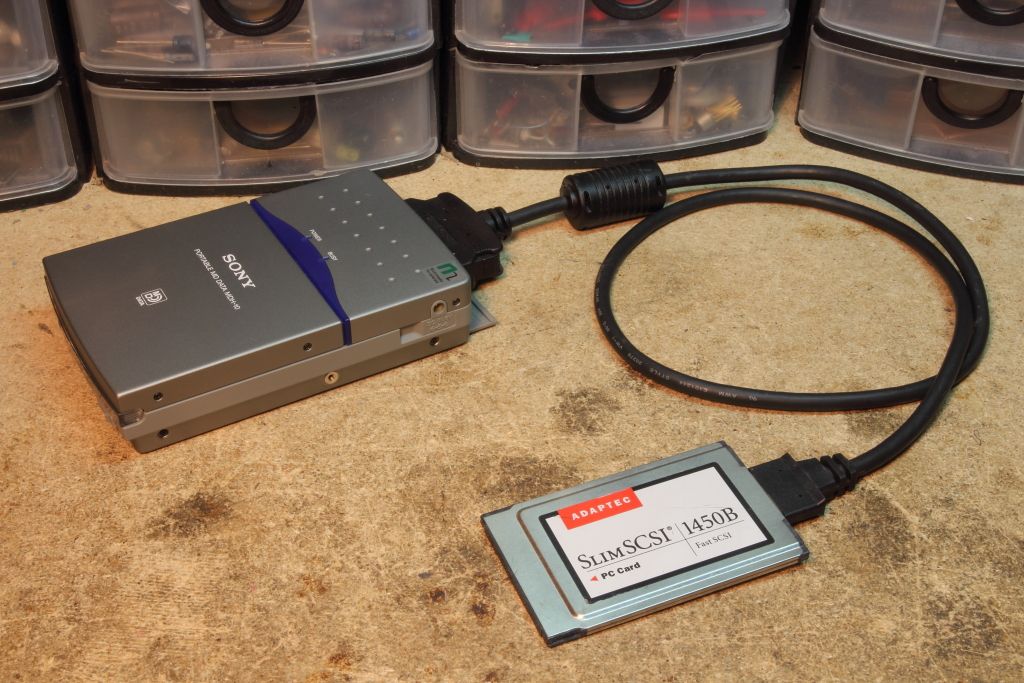Jeg ser hva du mener, men det er litt misvisende. Audio samples er 16 bits, som så utstyres med paritetsbits etc i tillegg. Deretter ekspanderes hver 8-bit byte i det resulterende dataformatet til 14-bits words for skriving på disk. De 16 bits i hvert audio sample blir fordelt på fler slike 14-bits ord. 588 bits på den fysiske CD'en representerer 192 bits audiosignal. Det som kommer ut av en CD-transport er den opprinnelige strømmen av 16-bits audio samples, 44100 ganger i sekundet.Musikken er lagret i 14 bits ord og de 2 siste er korreksjonsbit.
https://en.wikipedia.org/wiki/Compact_Disc_Digital_Audio#Data_encoding
Data encoding
Each audio sample is a signed 16-bit two's complement integer, with sample values ranging from −32768 to +32767. The source audio data is divided into frames, containing twelve samples each (six left and right samples, alternating), for a total of 192 bits (24 bytes) of audio data per frame.
This stream of audio frames, as a whole, is then subjected to CIRC encoding, which segments and rearranges the data and expands it with parity bits in a way that allows occasional read errors to be detected and corrected. CIRC encoding also interleaves the audio frames throughout the disc over several consecutive frames so that the information will be more resistant to burst errors. Therefore, a physical frame on the disc will actually contain information from multiple logical audio frames. This process adds 64 bits of error correction data to each frame. After this, 8 bits of subcode or subchannel data are added to each of these encoded frames, which is used for control and addressing when playing the CD.
CIRC encoding plus the subcode byte generate 33-bytes long frames, called "channel-data" frames. These frames are then modulated through eight-to-fourteen modulation (EFM), where each 8-bit word is replaced with a corresponding 14-bit word designed to reduce the number of transitions between 0 and 1. This reduces the density of physical pits on the disc and provides an additional degree of error tolerance. Three "merging" bits are added before each 14-bit word for disambiguation and synchronization. In total there are 33 × (14 + 3) = 561 bits. A 27-bit word (a 24-bit pattern plus 3 merging bits) is added to the beginning of each frame to assist with synchronization, so the reading device can locate frames easily. With this, a frame ends up containing 588 bits of "channel data" (which are decoded to only 192 bits music).







